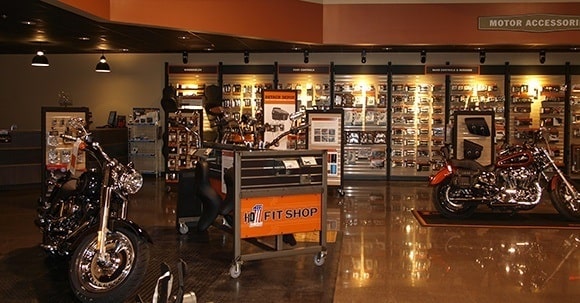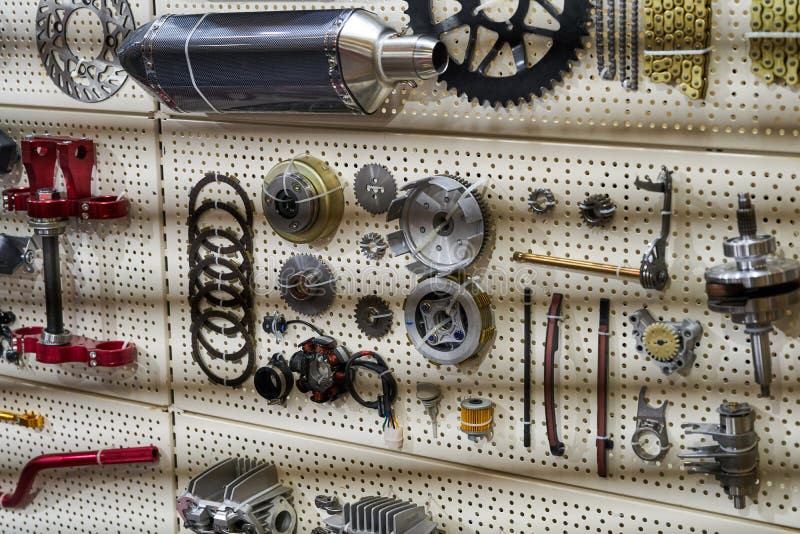Check Out the Latest Motocross Gear NZ for every single Level of Rider
Check Out the Latest Motocross Gear NZ for every single Level of Rider
Blog Article
Mastering Motorcycle Gears: Exactly How to Optimize Your Riding Experience
In the world of motorcycling, grasping the art of equipment control is critical for improving your riding performance. Correctly making use of and comprehending bike gears can substantially influence velocity, fuel, and control performance, transforming a typical ride into a smooth, thrilling trip. By incorporating exact change timing and adapting gear option to different roadway problems, riders can make sure optimum engine performance and security. The subtleties of clutch control, throttle sychronisation, and gear auto mechanics beckon a much deeper expedition, promising to unlock the complete potential of your device. How can these methods be used to really maximize your riding experience?
Understanding Equipment Mechanics
At the core of motorcycle characteristics, gear auto mechanics play a pivotal duty in converting engine power right into motion, eventually determining rate and control. The gear ratios, meticulously developed, determine the connection in between engine changes and wheel turns, affecting velocity and fuel effectiveness.
Comprehending equipment mechanics starts with identifying the importance of the gearbox, which houses multiple gears of differing dimensions. These gears engage via a process referred to as meshing, where teeth of various equipments engage to transfer power. The accuracy of this communication is important; any kind of misalignment or damage can cause ineffective power transfer, hindering performance. Furthermore, the setup and size of equipments affect the bike's capacity to manage various lots and rates.
Furthermore, the principle of equipment changing is integral to maximizing performance. Prompt and smooth shifts make sure that the engine runs within its ideal power band, preventing unnecessary strain and enhancing durability (motorbike shop). By understanding these mechanical ins and outs, motorcyclists can accomplish a harmonious blend of performance, power, and control, elevating their riding experience
Timing Your Changes
Shift timing mastery is vital for enhancing motorcycle efficiency and boosting the riding experience. Effectively timed shifts guarantee that the engine operates within its optimum power band, which is vital for preserving control, accomplishing smooth acceleration, and making certain the longevity of the bike. Motorcyclists need to develop an instinctive sense of when to shift equipments, which entails comprehending the relationship in between engine revolutions per minute (RPM) and rate.
To grasp shift timing, pay very close attention to the engine's sound and really feel, as these offer essential hints about when to alter equipments. When the engine approaches the top array of its power band without reaching the redline, the excellent shift factor generally takes place - moto parts nz. Changing prematurely can bring about a lack of power, while shifting too late might cause unnecessary engine pressure
Additionally, roadway problems and riding style influence change timing. In city setups, smoother and more constant shifts might be necessary to navigate traffic effectively. On the other hand, throughout freeway riding, fewer shifts at greater rates can be extra appropriate. Practicing in diverse settings will certainly enhance your capacity to time shifts precisely, ultimately raising your riding experience to an expert degree.
Enhancing Fuel Effectiveness
While grasping motorbike equipments is critical for efficiency, boosting gas performance is equally important for both economic and environmental reasons. Optimum gas usage not only decreases operational costs but likewise minimizes the environmental footprint of riding. To achieve this, one should comprehend the complex relationship between equipment selection and engine efficiency.
To start with, choosing the best gear at ideal rates can significantly affect fuel intake. Riding in a greater gear at lower rates can bring about engine hauling, which is detrimental to both gas economy and engine wellness. On the other hand, riding in lower equipments at high speeds causes unnecessary gas consumption. Thus, keeping an ideal balance by moving gears abreast with road conditions and prepared for maneuvers is important.
Furthermore, normal maintenance plays a pivotal duty in fuel performance. Ensuring that the motorbike is well-tuned, with tidy motorcycle bags air filters and correctly blew up tires, can minimize and improve the rules of aerodynamics fuel wastefulness. Taking on a riding style that embraces progressive velocity and smooth deceleration can contribute to better fuel economic climate.

Techniques for Smooth Transitions
Achieving smooth gear transitions is essential to boosting the riding experience and making certain the longevity of a motorbike's transmission system. Appropriate gear moving not just contributes to a smooth experience yet also decreases wear and tear on the mechanical elements. To understand the art of smooth changes, bikers need to concentrate on a few essential methods.

Secondly, clutch control plays a critical role. Involving and disengaging the clutch efficiently needs method. The clutch lever must be launched slowly, permitting a seamless transfer of power from the engine to the wheels without triggering a jolt or sudden activity.

Adjusting to Road Problems
Navigating varied road problems is an essential skill for any motorcyclist aiming to maintain control and security. Whether you're riding on wet surface areas, gravel roads, or browsing sharp turns, your capacity to adapt your equipment usage and riding strategy is paramount. Understanding just how to readjust your gears properly can significantly influence traction and stability, making certain a much safer trip.
On damp roadways, it is advisable to keep greater gears to minimize torque and minimize wheel spin. This technique aids maintain hold on unsafe surfaces, enabling for smoother velocity and deceleration. On the other hand, when riding on crushed rock or unequal terrain, reduced gears are preferable. Lower equipments offer much better control and permit you to react more quickly to unanticipated changes in the road surface.
Sharp contours require specific equipment monitoring to balance speed and control. Downshifting before going into a curve can assist preserve energy while making certain the bike continues to be stable throughout the turn. Consistent practice in varied conditions enhances your capacity to forecast and react to adjustments in road texture and incline.
Conclusion
Grasping motorcycle equipments considerably enhances the riding experience by boosting control, fuel, and velocity effectiveness. Adjusting equipment choice to different road problems, such as using higher gears on damp surfaces and reduced equipments on crushed rock, more boosts handling and security.
Recognizing equipment auto mechanics starts with recognizing the value of the gearbox, which houses numerous gears of differing sizes. These gears engage via a procedure known as meshing, where teeth of various equipments engage to transfer power (motox parts nz). Gentle modifications to the throttle throughout gear shifts can stop jerky movements and keep a constant riding speed
Whether you're riding on wet surfaces, crushed rock roads, or browsing sharp turns, your capacity to adapt your gear usage and riding method is paramount. Adapting gear choice to different road problems, such as using greater gears on wet surfaces and lower equipments on crushed rock, further improves handling and security.
Report this page